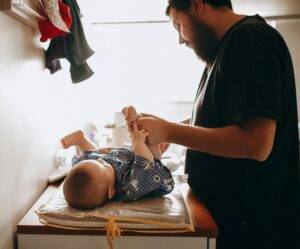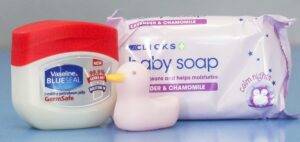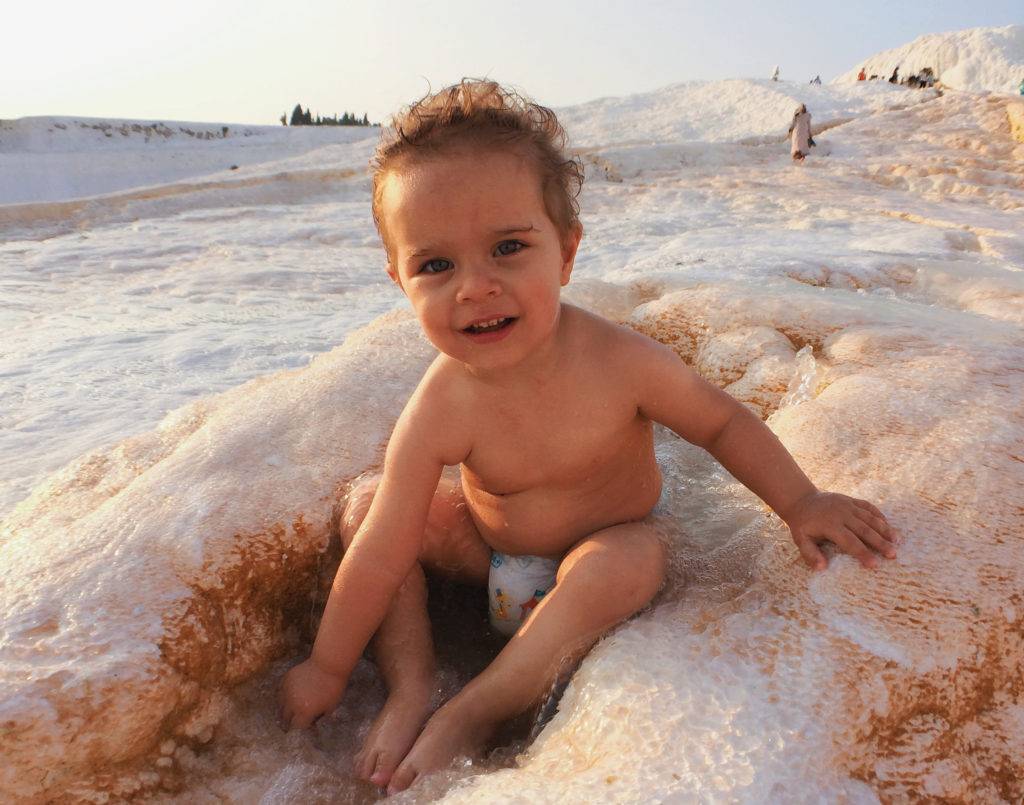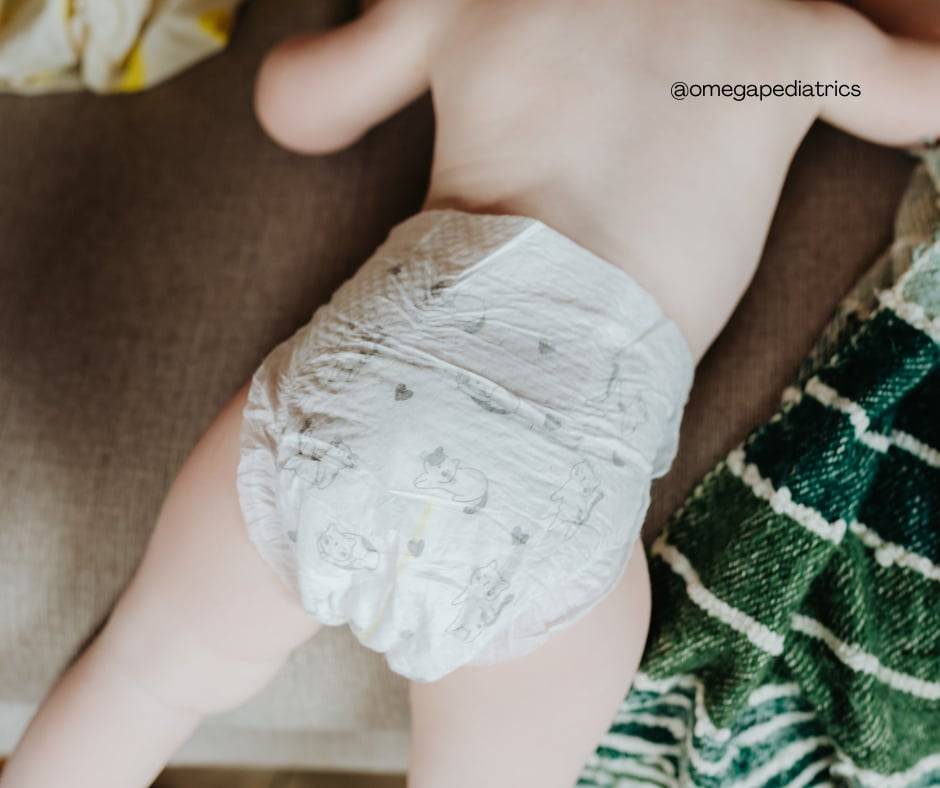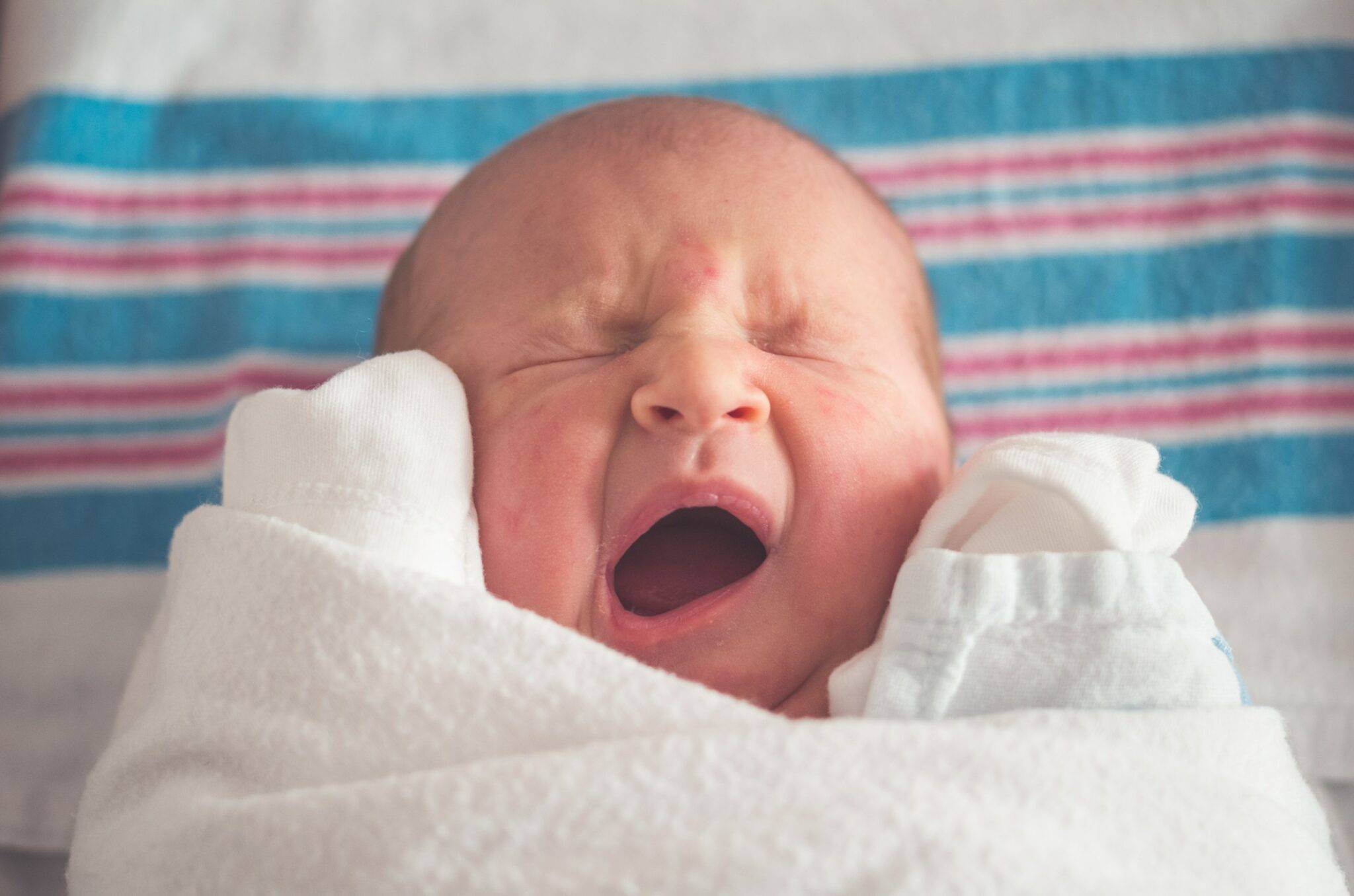Bringing a newborn home is an exciting yet often overwhelming experience. Among the many questions new parents frequently ask is, “Where to bathe newborn baby?” Finding the best spot to bathe your baby is crucial for safety and comfort.
This comprehensive guide will help you choose the perfect place to bathe your little one, ensuring a smooth and enjoyable experience for both of you.
Understanding the Basics of Newborn Bathing
Before diving into the best locations for bathing your newborn, it’s essential to grasp some basics. Newborns have delicate skin that needs special care. For the first few weeks, sponge baths are recommended until the umbilical cord stump falls off and the area heals. Once the stump has healed, you can transition to traditional bathing methods.
Why Sponge Baths?
Sponge baths are gentle and non-intrusive, making them ideal for newborns. They allow you to clean your baby without submerging in water, which is less intimidating for you and your little one. This method is important for newborns with healing umbilical cord stumps, as keeping the area dry is crucial to prevent infection.
Best Spots for Sponge Bathing Your Newborn
You can find here the best options where to bathe newborn baby:
1. Changing Table
A changing table doubles as a convenient spot for sponge baths. Its height makes it comfortable for parents to bathe the baby without bending over. Use a waterproof mat to keep the area dry and prevent slipping. This setup also allows for easy access to all your bathing supplies, ensuring you never have to leave your baby unattended.
2. Kitchen Counter
The kitchen counter is a practical spot since it offers ample space and is typically at a comfortable height. Lay down a soft towel and a waterproof pad to create a safe and cozy surface for your baby. The proximity to the sink also means you can easily wet and rinse the washcloth without carrying water back and forth.
3. Bathroom Sink
The bathroom sink is often at the perfect height and provides easy access to warm water. Line the sink with a soft towel to cushion the baby against the hard tile surface. This option allows easy control of the water temperature and keeps everything within reach. The sink’s enclosed space helps your baby feel secure during their bath.
Best Spots for Full Baths
4. Baby Bathtub
A baby bathtub is a popular choice for many parents. These tubs are designed for infants—a secure, compact space for bathing. Place the baby bathtub on a sturdy surface, such as the bathroom counter or the shower floor, and always keep a hand on your baby to ensure their safety.
Many baby bathtubs have built-in supports to help keep your baby in a comfortable, semi-upright position.
5. Bathroom Bathtub
Once your baby is older and you feel more comfortable, the bathroom bathtub makes a good choice. A bath seat or support helps keep your baby safe and steady. Fill the tub with a few inches of water and never leave your baby unattended.
The larger space allows for more movement, making bath time more enjoyable as your baby begins to explore their environment.
6. Portable Bath Basin
A portable bath basin can be used anywhere in your home. These basins are lightweight, easy to move, and placed on any flat surface. They’re perfect for parents who want flexibility and convenience. Ensure the basin is stable and secure during use.
Portable basins often have features like non-slip bases and contoured designs to keep your baby comfortable and safe.
How to Choose the Best Spot for Your Home
Be mindful of choosing where to bathe newborn baby in your home. With the guidelines and tips above, here are the factors to consider for your best spot:
1. Size of Your Space
When deciding where to bathe newborn baby, consider the size of your home and the available space. A portable bath basin or bathroom sink is the best option for small apartments. In larger homes, a baby bathtub or regular bathroom tub is suitable.
The key is to choose a spot that allows you to comfortably and safely bathe your baby without feeling cramped.
2. Think About Convenience
Choose a spot that’s convenient for you. If you prefer to bathe your baby in the bathroom, ensure it’s easily accessible and has enough room for you to move around comfortably. Convenience will make the process smoother for you and your baby.
Consider factors like proximity to the water source, ease of cleanup, and the proximity to storage of bath supplies.
3. Safety First
Safety should always be your top priority. Ensure the bathing area is secure, free from hazards, and has a non-slip surface. Never leave your baby unattended, even for a moment. A safe and secure spot gives you peace of mind during bath time. Additionally, bath seats or supports you use are appropriate for your baby’s size and weight.
Helpful Guides for Bathing Your Newborn
1. Gather All Supplies First to Keep Organized
Before you start the bath, you should have all the necessary supplies within arm’s reach. This includes a soft washcloth, baby soap, a cup for rinsing, a clean towel, and a fresh diaper. Stay organized by having everything ready. This way, it lets you focus on your baby and prevent any accidents.
Keeping bath supplies organized makes the workflow more efficient and less stressful. Use baskets or bins to store towels, washcloths, and baby soap. Having a designated spot for everything ensures you quickly find what you need, keeping your focus on your baby.
Being prepared also means you won’t have to leave your baby unattended to get an item you forgot.
2. Check the Water Temperature
Always check the water temperature before placing your baby in the bath. The water should be warm, not hot, to avoid burns. A good rule of thumb is to use your elbow or wrist to test the water. The temperature should feel comfortable on your skin.
If you have a bath thermometer, aim for a water temperature of around 98.6 degrees Fahrenheit (37 degrees Celsius), close to body temperature.
3. Keep a Firm Grip
Babies can be slippery when wet, so always keep a firm grip on your little one. Use your non-dominant hand to support your baby’s head and neck, and your dominant hand to wash them. This will help you maintain control and ensure your baby’s safety. Practicing a firm yet gentle grip will give you confidence and help your baby feel secure.
4. Be Gentle and Calm
Newborns are sensitive to their surroundings and easily become startled. Speak softly and move slowly to keep your baby calm during bath time. Gentle, soothing motions help create a positive experience for your little one. Bath time is not just about cleaning; it’s also a bonding moment. Your calm demeanor helps your baby feel safe and loved.
How to Make Baby’s Bath Time Fun and Pleasant
- Use Bath Toys: Introducing bath toys makes bath time more enjoyable for your baby. Soft, colorful floating toys are perfect for keeping your little one entertained. Ensure the toys are safe and appropriate for your baby’s age. Toys can be a great way to distract your baby if they’re initially hesitant about bath time.
- Sing Songs: Singing to your baby during bath time creates a calming and joyful atmosphere. Choose gentle lullabies or nursery rhymes to help your baby relax and enjoy the experience. Singing to your baby makes bath time a special bonding activity.
- Keep it Warm: Newborns can easily become cold, so ensure the bathing area is warm. Close windows to prevent drafts, and consider using a space heater if needed. Have a warm towel ready to wrap your baby in immediately after the bath. Keeping your baby warm and comfortable will make bath time more pleasant for them.
- Use a Soft Touch: Newborns have sensitive skin, so use a gentle touch when washing them. Opt for soft washcloths and avoid scrubbing. Gently clean all areas, paying special attention to folds and creases where dirt accumulates. Being gentle helps protect your baby’s delicate skin and makes the bath more enjoyable.
- Create a Routine: Establish a consistent routine so your baby knows what to expect. Try to bathe your baby at the same time each day, such as before bedtime. A routine makes bath time a comforting and predictable part of your baby’s day. Consistency can make every bath time an activity your baby will always look forward to.
When to Transition to a Bigger Tub
Age and Development
As your baby grows and becomes more active, you may need to transition to a larger tub. Typically, this happens around 6 to 9 months old when your baby can sit up independently. At this stage, the bathtub with a bath seat provides more space for your baby to splash and play.
Always supervise closely, as increased mobility means your baby moves quickly and unexpectedly.
Increased Mobility
When your baby starts to move and explore their surroundings, they need more space during bath time. A larger tub allows more movement and makes bathing more enjoyable for your curious little one. Ensure the tub has a non-slip surface and consider using a bath mat for extra safety.
Dealing with Common Challenges
- Handling Soap in the Eyes: If soap gets into your baby’s eyes, rinse them gently with clean, lukewarm water. Use tear-free baby products to minimize irritation. If your baby becomes upset, comfort them with soothing words and gentle touches. Preventing soap from entering the eyes in the first place is the best approach, so be mindful when washing your baby’s face.

- Bathing a Fussy Baby: If your baby is fussy during bath time, try to identify the cause. They may be hungry, tired, or uncomfortable with the water temperature. Adjusting the timing of the bath or making small changes to the environment helps. Experiment with different bath times and techniques until you find what’s best for your baby.
- Managing Bath Time Anxiety: Some babies develop anxiety around bath time. To ease this situation, create a calm and predictable environment. Use a gentle voice and maintain eye contact with your baby. Gradually introduce new elements, such as toys or different bathing locations, to help your baby become more comfortable.
FAQs About Bathing Newborns
What if My Baby Cries?
It’s common for newborns to cry during their first few baths. They feel uncomfortable or unsure about the new experience. Stay calm, speak softly, and make the bath as gentle and soothing as possible. Over time, your baby will become more comfortable with the routine.
If crying persists, identify specific triggers, such as water temperature, the way you hold your baby, or the time of day that interferes with baby’s routine like time for sleeping.
How Often Should I Bathe My Newborn?
Newborns don’t need daily baths. Three times a week is usually sufficient. Bathing too often dries out their delicate skin. Focus on keeping the diaper area clean and giving sponge baths as needed between full baths. If your baby enjoys bath time and finds it soothing, adjust the frequency, but always be mindful of their skin’s condition.
Can I Use Regular Soap?
It’s best to use products specifically designed for babies. Regular soap can be too harsh for a newborn’s sensitive skin. Look for mild, fragrance-free baby soap and shampoo to avoid irritation. Baby products are formulated to be gentle and are often tear-free, ensuring a comfortable experience for your little one.
Cherish Bath Time Moments With Your Newborn
Choosing where to bathe newborn baby is an important decision that impacts their comfort and safety. The key is a safe, comfortable, and convenient spot for you and your baby. Following the tips and guidelines in this guide, you can make bath time a positive and enjoyable experience for your little one. Happy bathing!
Navigating the journey of parenthood is filled with questions, but with the right knowledge and preparation, you ensure that every step, including bath time, is filled with joy and confidence. Prioritize your baby’s safety and comfort, and cherish these precious moments of bonding and care.
For more information on caring for your newborn, check out these helpful articles:
- My Baby has a Diaper Rash. What’s That?
- How Bassinets Help Reduce SIDS Risk: The Science Behind Safe Sleep for Babies

